Situational spaces created by Franz West’s furniture
David Zwirner Gallery hosts a digital exhibition of Austrian conceptual artist Franz West’s furniture, ‘The Viewing Room’, until 22 December
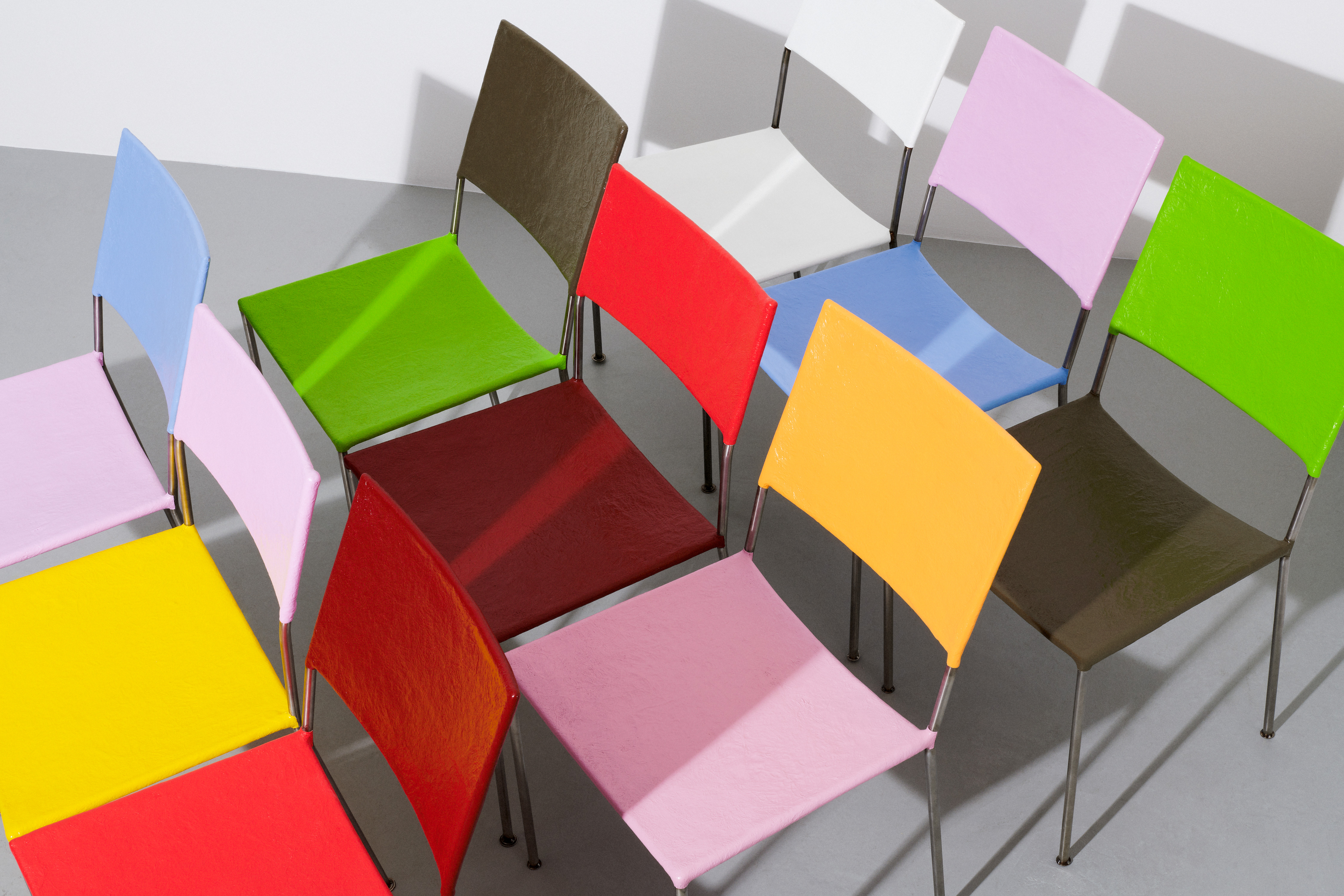
On the gallery scene today, it seems that the conflation of art and design is a fait accompli. Artists and designers alike create objects that, though functional, are the result of, on one end of the spectrum, imagination running wild — as in the work of Chris Schanck, for one — or artistic practice distilled — as is the case with Muller Van Severen.
Franz West, the Austrian conceptual artist who made furniture a fundamental part of his practice, began creating his seminal installations of chairs and sofas in 1980. Though he could be seen as a precursor to this growing intersection of art and design, West considered his functional sculptures to be art, but with a social function: he termed them ‘adaptives for the human body at rest.’
‘The concept that functional furniture could be art was a radical gesture’, says Elena Soboleva, director of online sales at David Zwirner
A selection from this chapter of West’s oeuvre is on sale at the gallery’s online exhibition space, ‘The Viewing Room’, until 22 December. On offer is a number of the artist’s pink, red, yellow, blue, and green Künstlerstuhl and Textilstuhl chairs, as well as West’s canvas Divan, Chaise Lounge, and Trog sofa, and the Sinnlos metal coat rack, with prices ranging from $12,000 to $80,000.
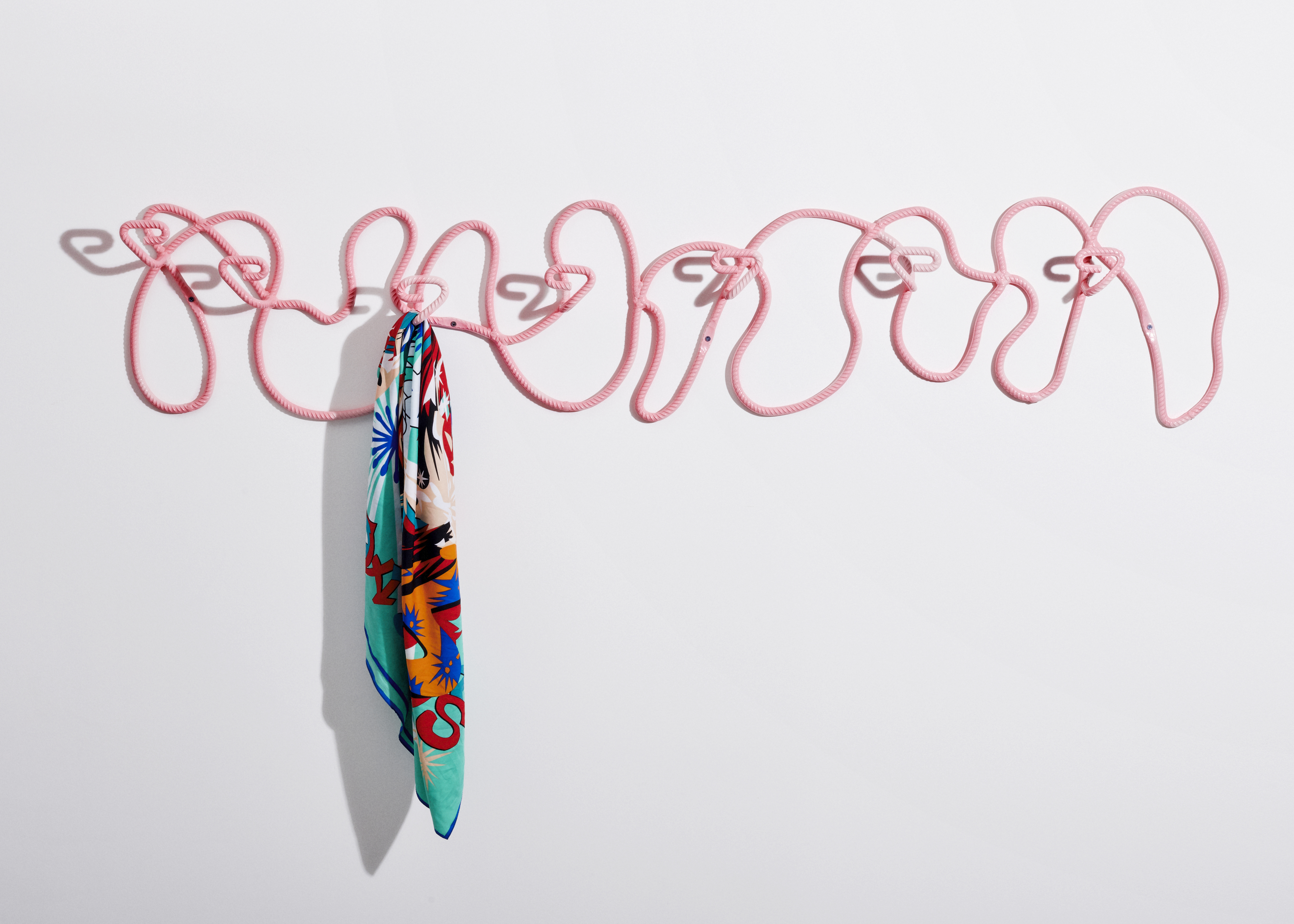
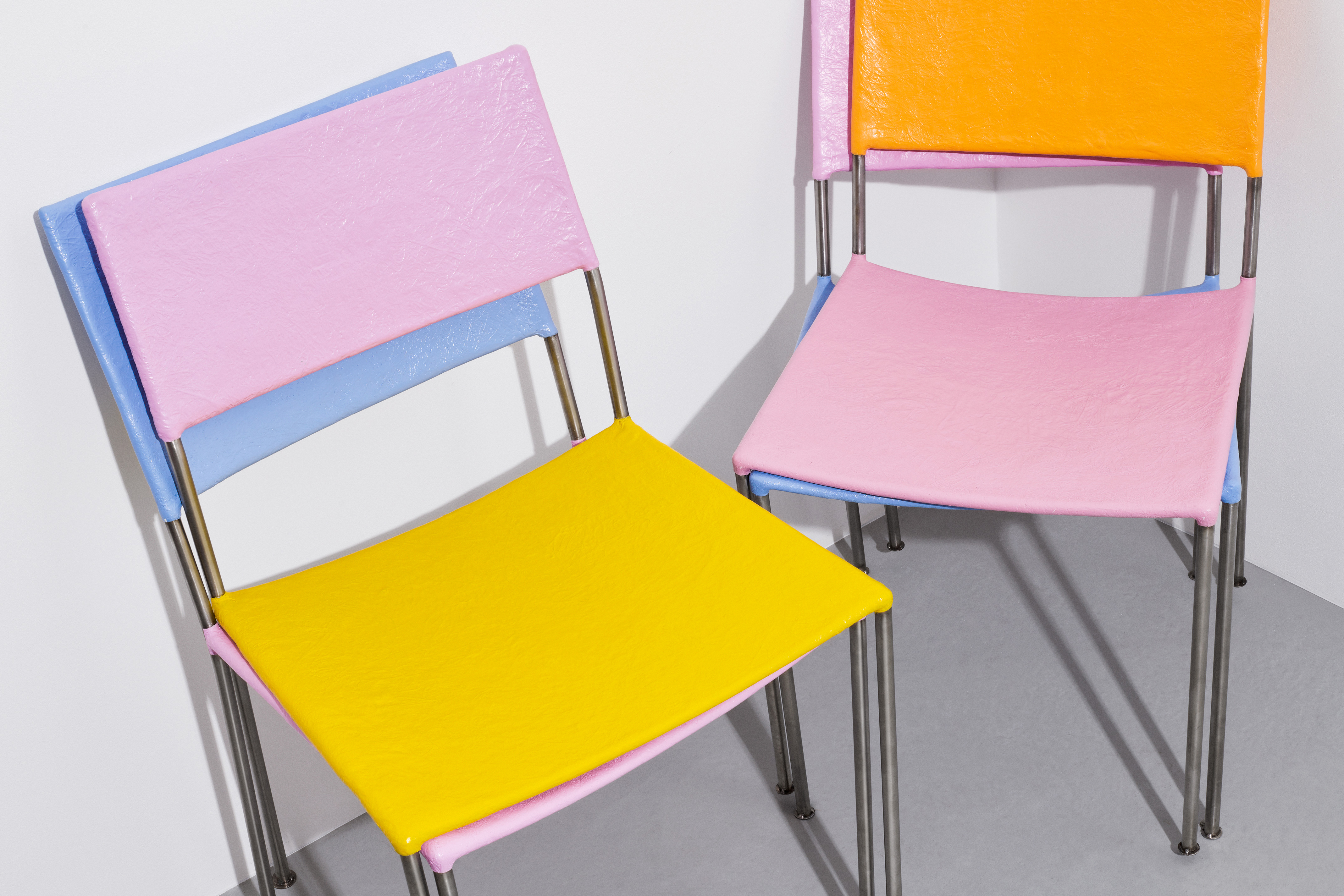
Above, Sinnlos (Senseless) by Franz West, 2008/2014. Courtesy © Archiv Franz West, Estate Franz West, and David Zwirner. Below, Selection of Künstlerstuhl (Artist's Chair) by Franz West. Courtesy © Archiv Franz West, Estate Franz West, and David Zwirner
As with West’s own practice, ‘the online exhibition lives in a territory of in-betweenness', says Soboleva. ‘An online presentation felt like a natural context for this work since it breaks down the usual preconceptions of sculpture and functional objects', she explains.
West’s furniture — and hence art — is intended for interaction. The pieces have a communicative quality, whether it’s to encourage socialising with fellow seated visitors or to nudge the audience into contemplation of certain artworks, as at West’s 1989 exhibition at the Kunsthistorisches Museum in Vienna.
Once seated or lying down, one becomes part of the — interventionist — artwork. ‘These chairs create situational spaces that foster intimacy and reflection’, adds Soboleva. ‘As our social interaction becomes more anonymised and fleeting, there is a counter-desire to create meaningful space for dialogue and conversation.’
INFORMATION
Receive our daily digest of inspiration, escapism and design stories from around the world direct to your inbox.
Siska Lyssens has contributed to Wallpaper* since 2014, covering design in all its forms – from interiors to architecture and fashion. Now living in the U.S. after spending almost a decade in London, the Belgian journalist puts her creative branding cap on for various clients when not contributing to Wallpaper* or T Magazine.
-
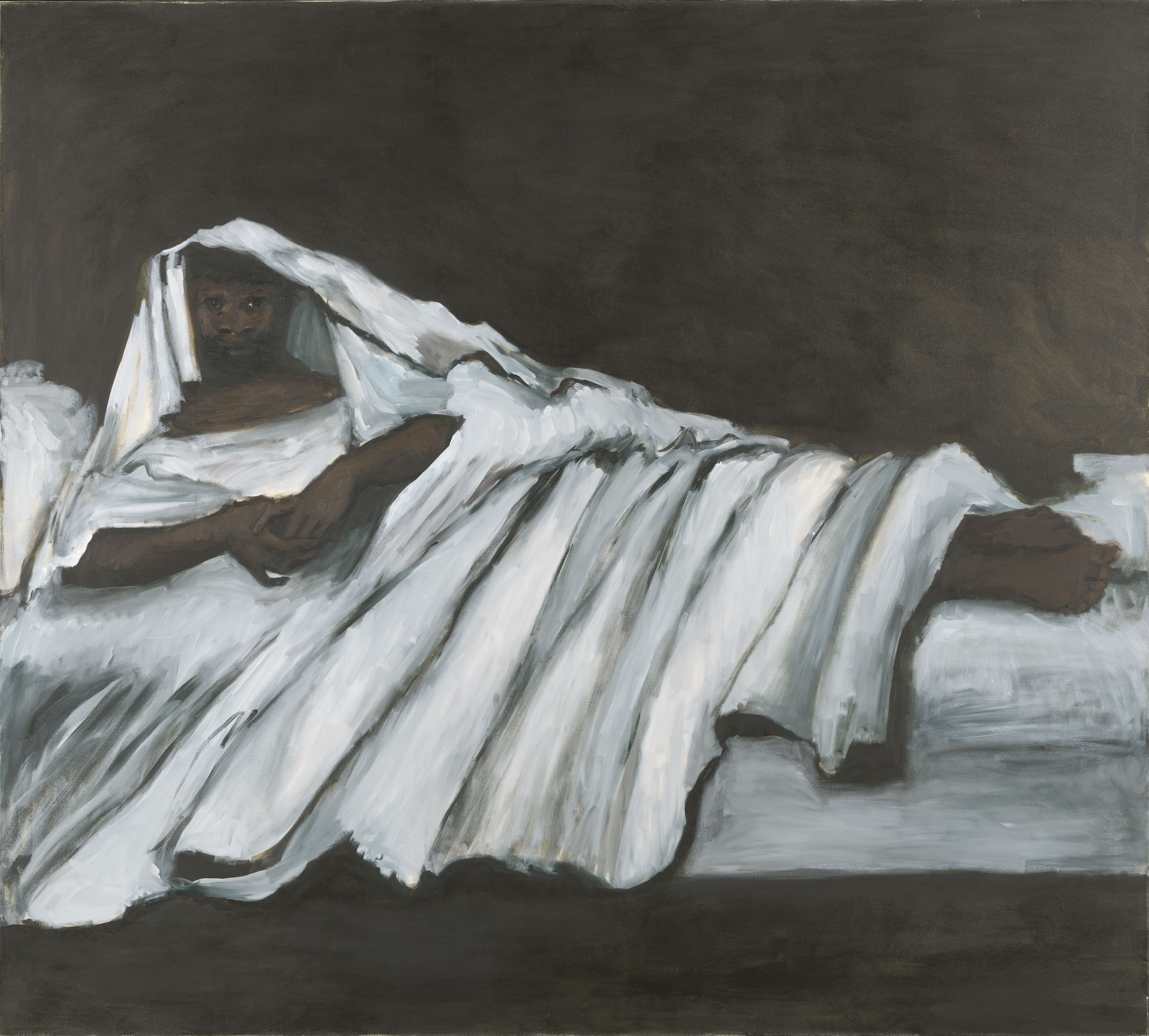 In Norway, discover 1000 years of Queer expression in Islamic Art
In Norway, discover 1000 years of Queer expression in Islamic Art'Deviant Ornaments' at the National Museum of Norway examines the far-reaching history of Queer art
-
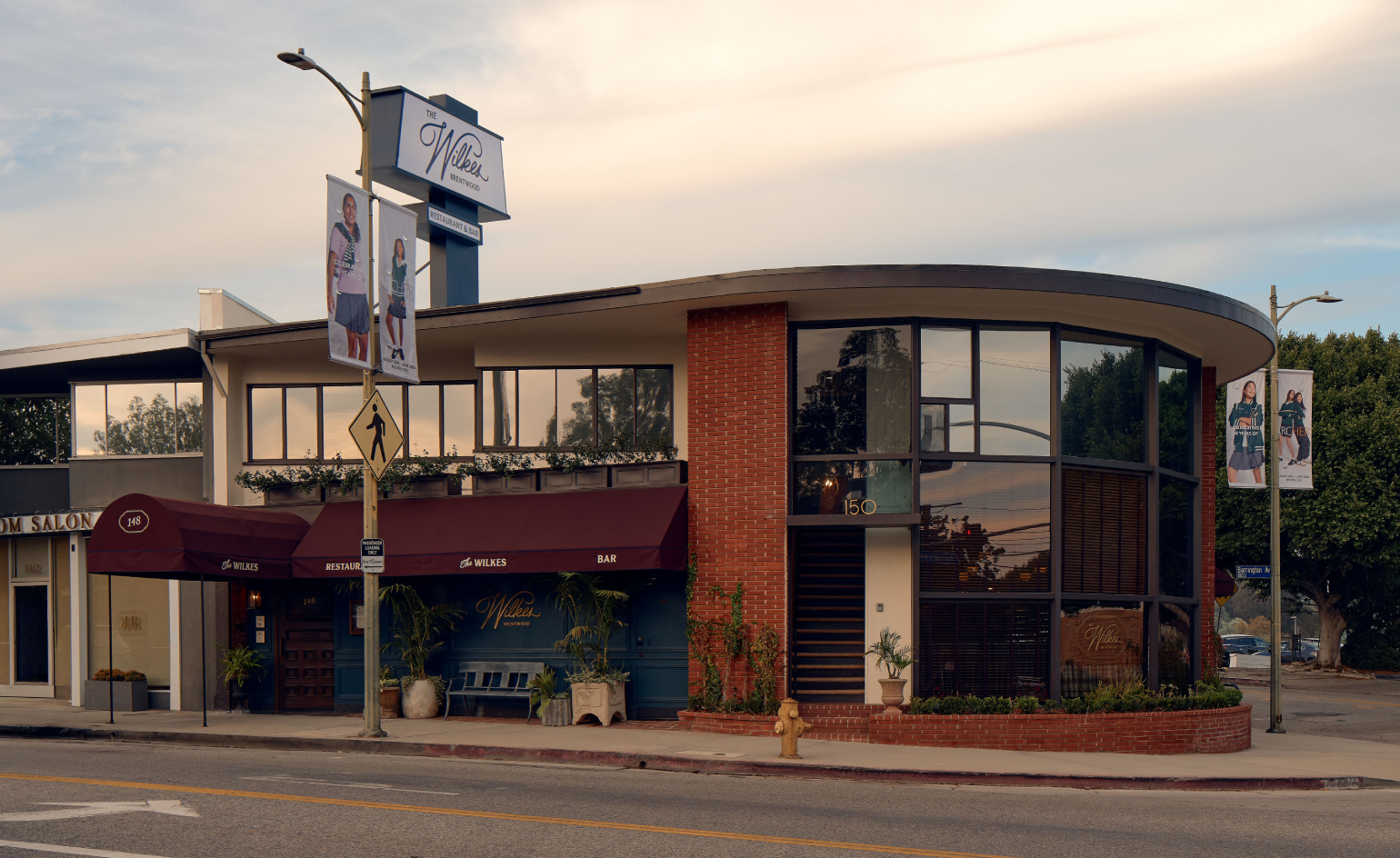 The Wilke is LA’s answer to the British pub
The Wilke is LA’s answer to the British pubIn the Brentwood Village enclave of Los Angeles, chef and restaurateur Dana Slatkin breathes new life into a storied building by one of Frank Gehry’s early mentors
-
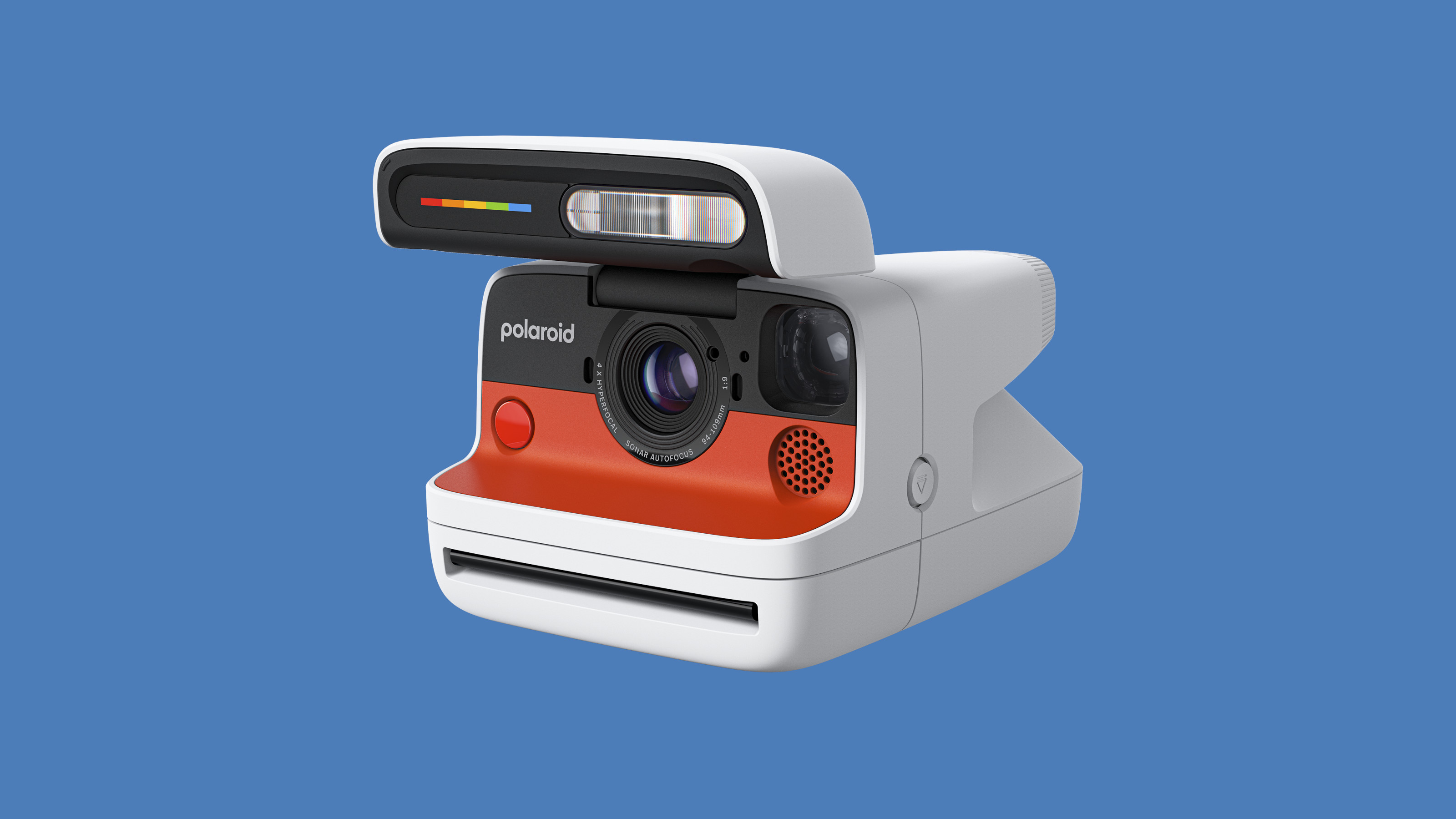 Top 10 gadgets of 2025, as chosen by technology editor Jonathan Bell
Top 10 gadgets of 2025, as chosen by technology editor Jonathan BellWhat were the most desirable launches of the last 12 months? We’ve checked the archives to bring you this list of the year’s ten best devices